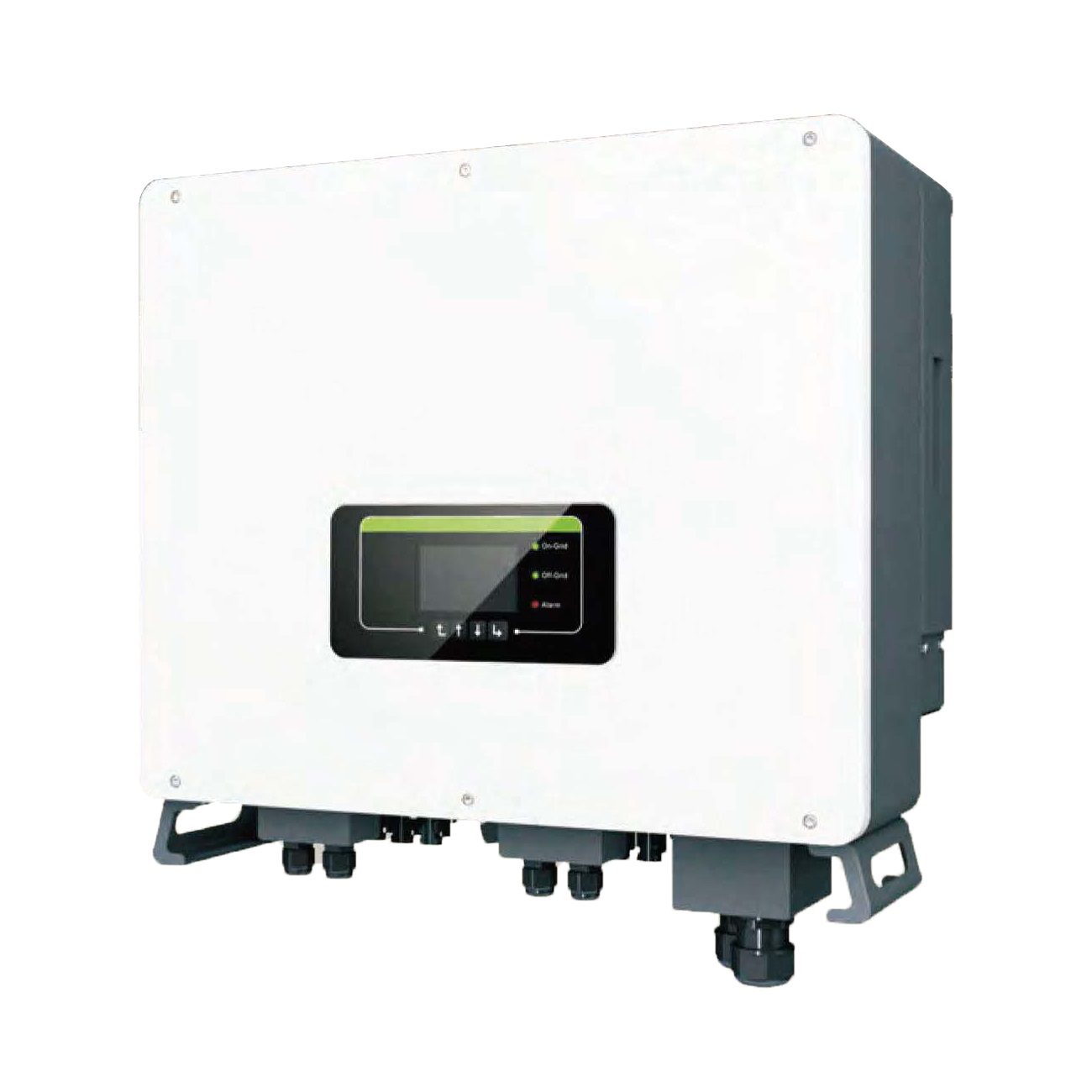The global solar inverter market is expected to grow by 5.0 percent year on year in 2022, reaching a valuation of approximately US$ 11 billion. The growing use of renewable energy sources in residential and commercial buildings is expected to drive solar inverter sales at a 6% CAGR over the forecast period.
The primary function of an inverter is to convert direct current (DC) electricity generated by solar panels into alternating current (AC) power, which can then be used in homes and businesses or sent directly into the grid in front-of-the-meter installations (utility-scale solar arrays).
The next generation of solar inverters, smart inverters, have advanced from one-way to two-way communication with the grid, assisting with grid-support activities. Thanks to modern software, smart inverters can perform grid-supportive functions such as voltage, frequency, communications, and controls.
One of the most important grid assistance characteristics of smart inverters is their ability to withstand minor disruptions (for example, voltage changes). In the event of a voltage shift, smart inverters can go into standby mode and monitor how long the disturbance lasts.
Micro inverters, as opposed to string inverters, are distributed, with a small inverter next to each solar panel. Rather than directing power from all panels to a single inverter for conversion, this technology converts DC to AC electricity at the panel.
Micro inverters are an excellent solution for homes that have a sophisticated solar array design or a roof that receives consistent shade. They optimize the performance of each panel on-site to reduce the impact of shade, and customers can view the system’s output at each panel.
Another advantage of micro-inverters is that they allow for easy system expansion because each additional panel includes its inverter. A string inverter is typically scaled for the number of panels.
Global Solar Inverter Market by Category
By Type:
- Central Inverter
- Micro-Inverter
- String Inverter
By System Type:
- Off-Grid
- On Grid
By Phase:
- Single Phase
- Three Phase
By End-Use:
- Residential
- Commercial and Industrial
- Utilities
By Region:
- North America
- Latin America
- Europe
- East Asia
- South Asia Pacific
- The Middle East and Africa



































